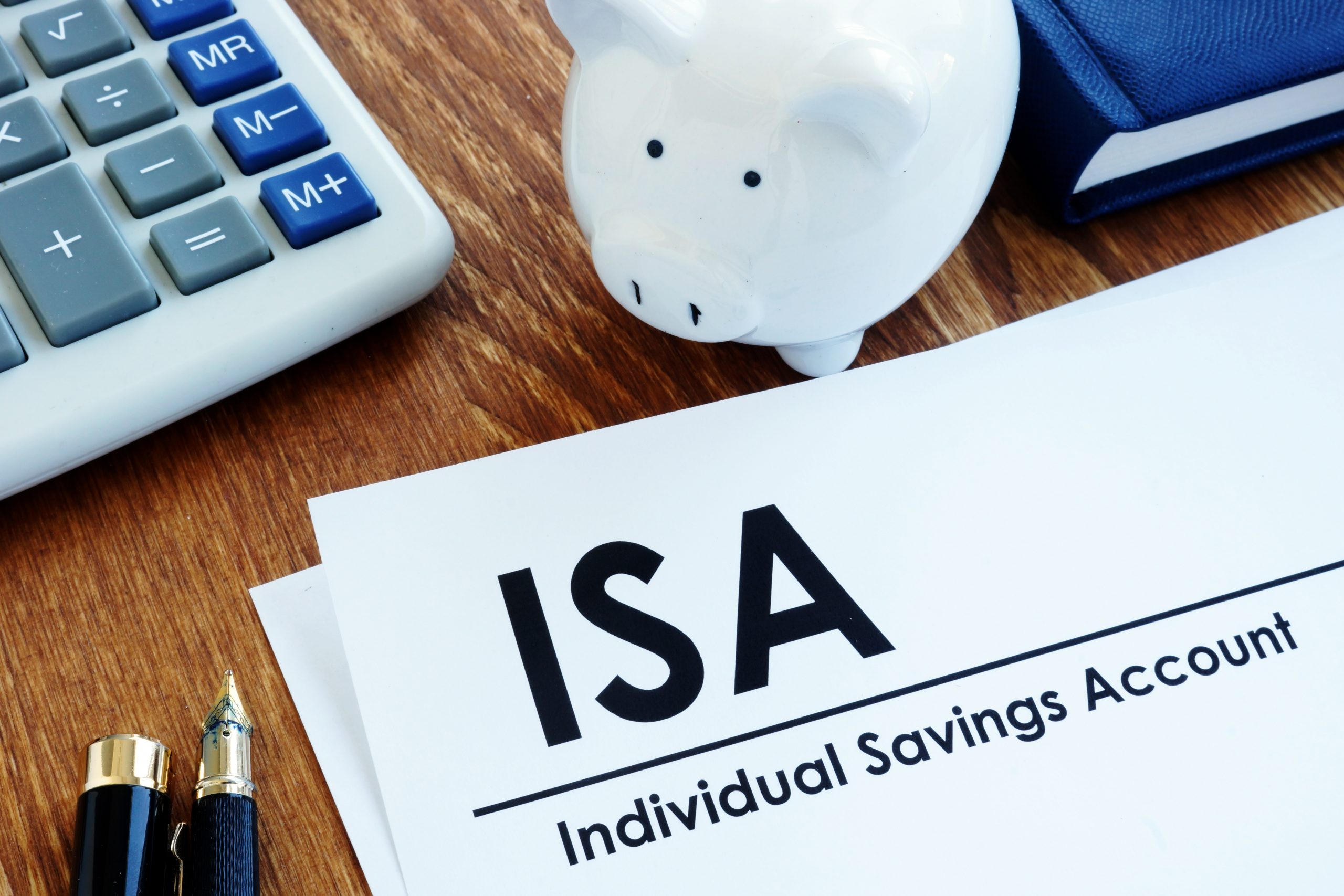Blog
BLOG: Mind the ISA Gap

Guest Author:
Zoe DaglessRecent government figures show that the amount of money sheltered in individual savings accounts (ISAs) surged before the pandemic. This trend is likely to have accelerated during lockdown as those lucky enough to have some disposable income saved what they would otherwise have spent.
In 2018-19 more women than men contributed to an ISA – at 5.4 million against 4.9 million. However, women were more likely to contribute to a cash rather than a stocks and shares ISA, with 80% of subscriptions going into cash compared with 71% for men.
Having some cash set aside for emergencies is sensible and like many financial planners, I’d generally recommend you have enough cash to cover three months of outgoings, but the exact amount will depend on your circumstances. It can make sense to hold some of this contingency cash in an ISA because you won’t pay income tax on the interest and many accounts give you easy access.
However, holding cash is not without risk because of the long-term effects of inflation – or rises in the cost of living. As the cost of goods and services increases over time, the value of the money you have put aside – in terms of what it can buy – will erode gradually.
Whilst inflation is a lot lower now than the double-digit levels of the 1970s and 1980s, headline inflation in the UK accelerated to 2.5% in the 12 months to June, up from 0.7% in January and core inflation (which excludes volatile food and energy prices) is also starting to rise.
If inflation remained at 2% a year for 20 years, the value of £100 of savings would be eroded over time to just £67.30. With savings rates on cash accounts at rock-bottom levels, it is unlikely that your savings will grow enough to offset the effect of inflation.

Why Life Insurance Still Matters – Even During a Cost-of-Living Crisis
Sponsored by Post Office
So why do women seem more likely to opt for cash ISAs?
To some extent, you have to look at savings at the level of the household rather than the individual. I often find that couples will balance each other out – if one is taking more risk with their investments, the other may counter-balance this with a focus on cash.
I also find that women are particularly persuaded by the argument for having short-term money in cash and can be very disciplined about saving regularly to build up a contingency cushion. However, they may need more information about the risks of investing before they are persuaded to take their first steps into the stock market.
That is why it’s important to understand that cash savings are not risk-free and that, if you take a long-term, balanced approach to investing (by holding an appropriate mix of shares and bonds to spread your risk), it can help you to meet long-term goals such as saving for a child’s education or for retirement.
The very discipline that I have seen many women apply to their cash savings is also good practice when investing in the stock market, in terms of saving regularly to benefit from the power of compounding. This is where your money builds up over time because you earn a return not just on the money you invest, but also on the previous year’s returns.
The most successful long-term investors are often the most disciplined – those who don’t let emotions guide their investing, resist the temptation to tinker with their investments too much and have the self-control to stay the course. In other words, some of the factors that may hold women back from the stock market could in fact make them highly successful investors.
Zoe Dagless is senior financial planner at Vanguard